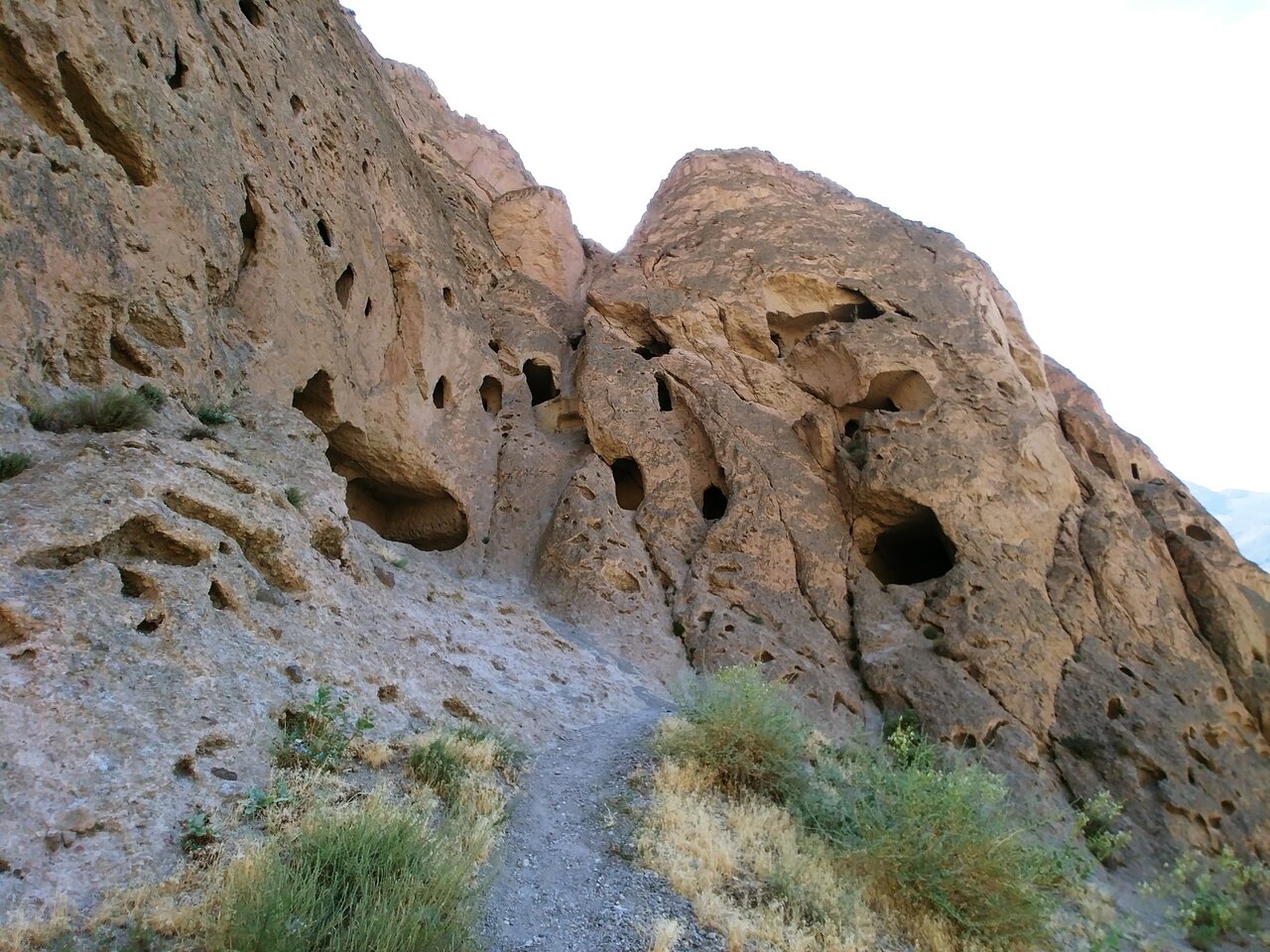Archaeologist tells of 29 troglodyte sites discovered in northern Iran
Iranian archaeologist Meysam Fallah has announced the discovery of 29 troglodyte sites during two archaeological seasons he has led across the Haraz Valley in northern Iran. Over the course of two systematic archaeological surveys conducted in Amol county (of Mazandaran province), 29 geographical locations bearing troglodyte structures were identified and examined,….

Iranian archaeologist Meysam Fallah has announced the discovery of 29 troglodyte sites during two archaeological seasons he has led across the Haraz Valley in northern Iran.
Over the course of two systematic archaeological surveys conducted in Amol county (of Mazandaran province), 29 geographical locations bearing troglodyte structures were identified and examined, ILNA quoted Fallah as saying on Tuesday.
“Our findings represent a unique and diverse collection of troglodyte architecture in the central Alborz Mountains, located on the eastern slopes of Mount Damavand and on both sides of the Haraz valley in Amol county.”
“To achieve our goals, an area of approximately 70 kilometers along the Haraz Valley from the Chelav area to the village of Ask was surveyed.”
He underlined that summarizing and drawing conclusions about the function and construction time of these troglodyte structures was achieved through field research.
Making speculations about the original usage of the discovered sites, Fallah said: “It is highly likely that we are dealing with ritual-religious complexes (for prayer rooms, worship places, hermitages, pilgrimage sites, educational chambers for religious teachings), burial sites (stone tombs, mausoleums, grave domes, and shrines), and temporary settlements or shelters (for surveillance or guiding purposes).”
He added: identifying carved patterns on the inner walls of one of these complexes depicting human, natural, weaponry, animal, and geometric motifs, and a carved pictorial inscription on a flat frame on the entrance of another of these complexes indicating vague imagery of archery, and possibly vessels belonging to the Sassanian period.
“The discovery of stone graves similar to those introduced in Fars and Ahvaz, a troglodyte altar on a unique and natural stone, and troglodytes with local names such as Pal (caravanserai) and Nakhsh Le (grave amphora), highlight the importance and diversity of these relics as well as the variations in their function and creation period.”
He added that some of these complexes, with different placements, functions, structures, plans, and forms, in similar locations to each other, belong to different historical periods (Achaemenid, Parthian, Sassanian, post-Sassanian Islamic, and some others until contemporary times) and are possibly related to Mithraism and Zoroastrianism (even with the continuation of these beliefs in the Islamic era).
That troglodyte structures were found in Chelav, Lahash, Panjab, Kaharvard, Gazaneh, Gaznak, Anneh, Mun, Rineh, Tineh, Firreh, Malar, Nyak, Zardband Bayjan, Vana, Daraie, and Aineh Munon, among some other places.
The main objective of these surveys, according to the archaeologist, was to identify, document, and study these troglodyte structures based on field research and then study their form, 3-D organization, usage, and time of their creation.
